CTO Realty Pays $138M for Open-Air Shopping Centers
The firm added some 1.2 million square feet to its Southeast portfolio.
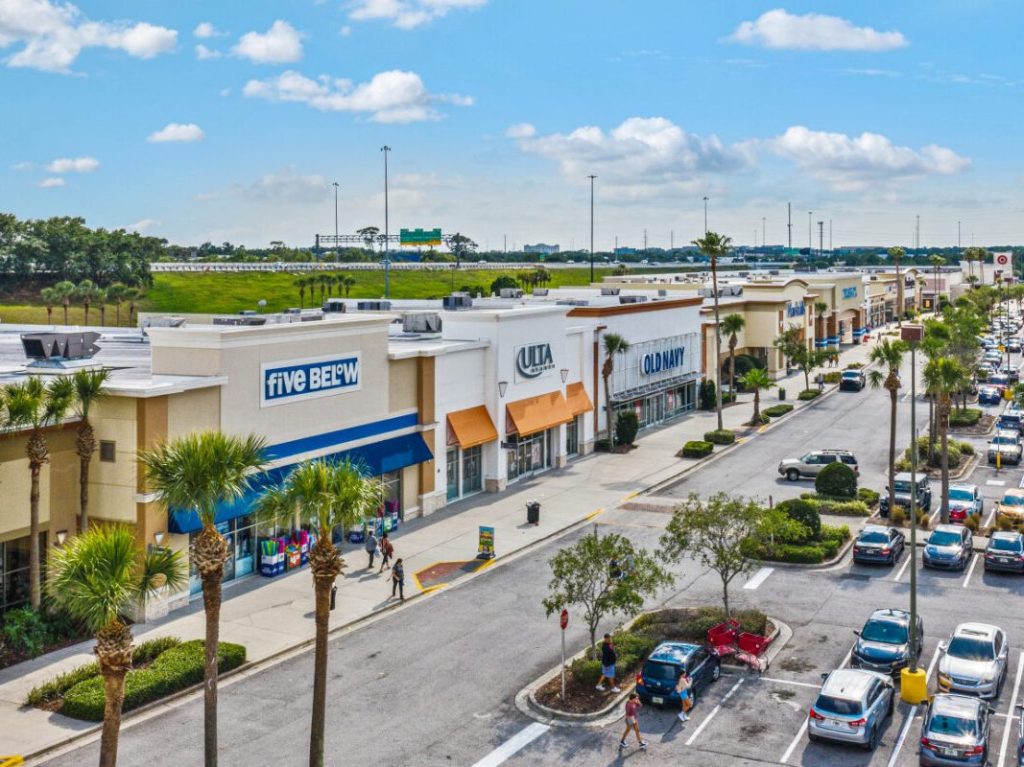
CTO Realty Growth has acquired three open-air shopping centers totaling some 1.2 million square feet for $137.5 million.
The portfolio comprises Carolina Pavilion in Charlotte, N.C., Millenia Crossing in Orlando, Fla., and Lake Brandon Village in Tampa, Fla. The assets’ previous owner was SITE Centers, according to CommercialEdge information.
Along with its recent sale of Jordan Landing, located in West Jordan, Utah, for $18 million, CTO Realty Growth’s property portfolio has increased approximately 19 percent in square feet and 14 percent in annual base rent compared to June 30.
READ ALSO: Retail Owners Gain Leverage
Furthermore, year-to-date, CTO has closed $230 million of acquisitions, including structured investments, and $38 million in dispositions. One of this year’s purchases involved a 318,000-square-foot retail power center in Sanford, Fla., a submarket of Orlando.
Millenia Crossing is also in a dominant retail area of Orlando and Lake Brandon Village adds another grocery-anchored property to CTO’s portfolio. By selling Jordan Landing, all its properties are now in the Southeast and Southwest U.S. markets.
Economy’s ‘soft landing’, a boost to retail
Mark Sigal, the CEO of Datex Property Solutions, told Commercial Property Executive that despite fears surrounding the economy, the financial markets, and how this plays out for consumer spending, everything he sees from a data perspective suggests a soft landing for the economy and continued strength in open-air retail across all markets, including the Southeast.
Rent collections, retail sales, and merchant health metrics (also known as occupancy costs) across thousands of shopping centers and trends of thousands of retailers are contributing to a positive outlook for the sector.
“Rent collection trends have been largely unchanged for the past three months and are relative to year-over-year,” Sigal said. “No region of the country is meaningfully diverging from this trend, and to the extent there is any weakness, it’s with the mom and pops. But even there, we are talking about sub-1 percent variances.”
In addition, Sigal mentioned that for retail sales and merchant health indicators—the so-called ‘oxygen’ for a merchant’s survival—a total of 65 percent of the more than 20 retail categories Datex tracks showed improving sales and shrinking occupancy costs. This trend speaks to the health of open-air retail, he added.
READ ALSO: Retail Always Comes Back—and With New Twists
“No less, we know that vacancy percentages are at historically low levels, and a scarcity of new retail is coming out of the ground, suggesting a continuing seller’s market for retail property owners. With expectations of an interest rate cut soon, open-air retail remains a preferred asset class,” Sigal concluded.
Jenny Schuemann, vice president of leasing & senior director at PEBB Enterprises, largely agreed and told CPE that open-air shopping centers are still desirable for retailers and consumers.
“Retailers gravitate to these projects when they open stores as they usually provide a good mix of cotenants with restaurants, retail, big-box anchors and local boutiques,” Schuemann mentioned.
“I am seeing open-air projects poorly designed or merchandised being bought, re-tenanted, redesigned and working with the second or third owner with a new set of eyes and budget. Unfortunately, it sometimes takes a few tenants to fail to realize what retailers and restaurants work in that specific demographic area.”
Lauren Ball, COO at Westwood Financial, told CPE that the CTO Realty Growth transactions underscore robust demand and potential in this region.
“As the Southeast continues to experience population growth and economic expansion, the market for open-air centers remains strong,” Ball said. “The Southeast’s favorable demographics and economic outlook make it an attractive area for continued investment and development in the open-air shopping center sector.”
The open-air attraction
David McCullough, principal landscape architect at McCullough Landscape Architecture, told CPE that open-air shopping centers are becoming increasingly popular as people look for new ways to enjoy vibrant, outdoor mixed-use environments beyond the urban downtown cores.
“People see these outdoor centers as places that offer similar luxuries as downtown cores without many of the known social and infrastructural problems that have become staples in most urban areas,” McCullough said, underlining the appeal of these properties.
“Some of these centers are leasing outdoor spaces at rates equivalent to indoor spaces,” he added. “Interest in this space extends beyond the property lines as well, as some savvy owners are using this model to increase property values in neighborhoods.”

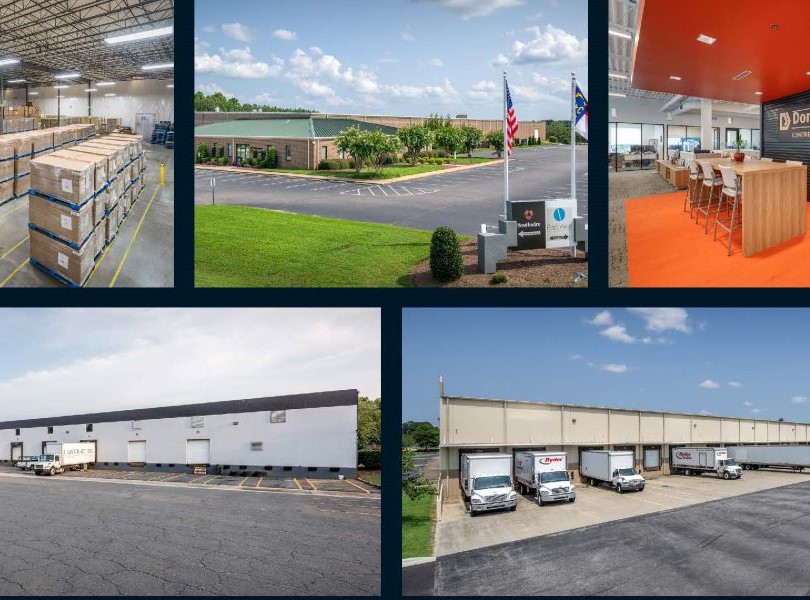
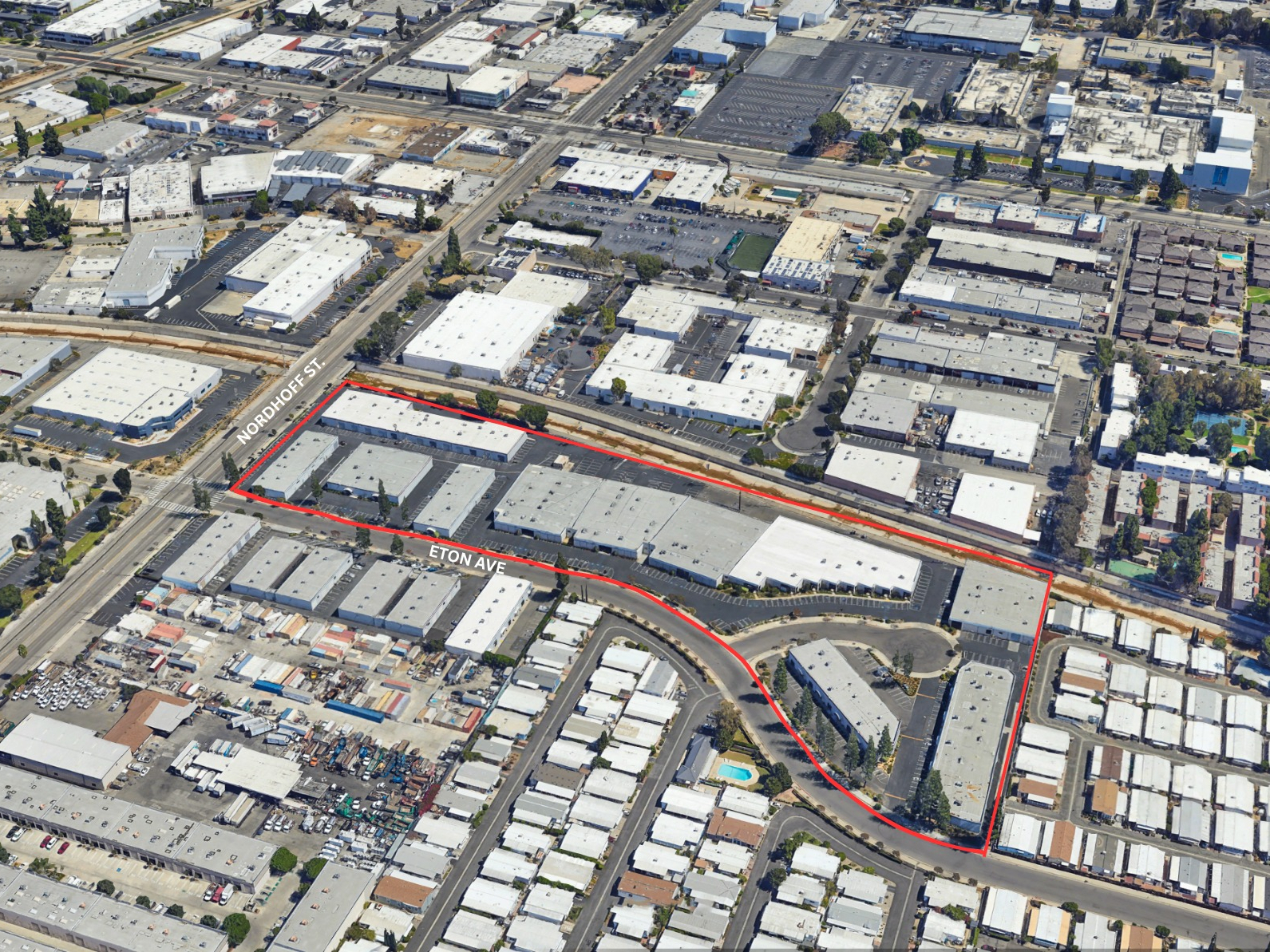

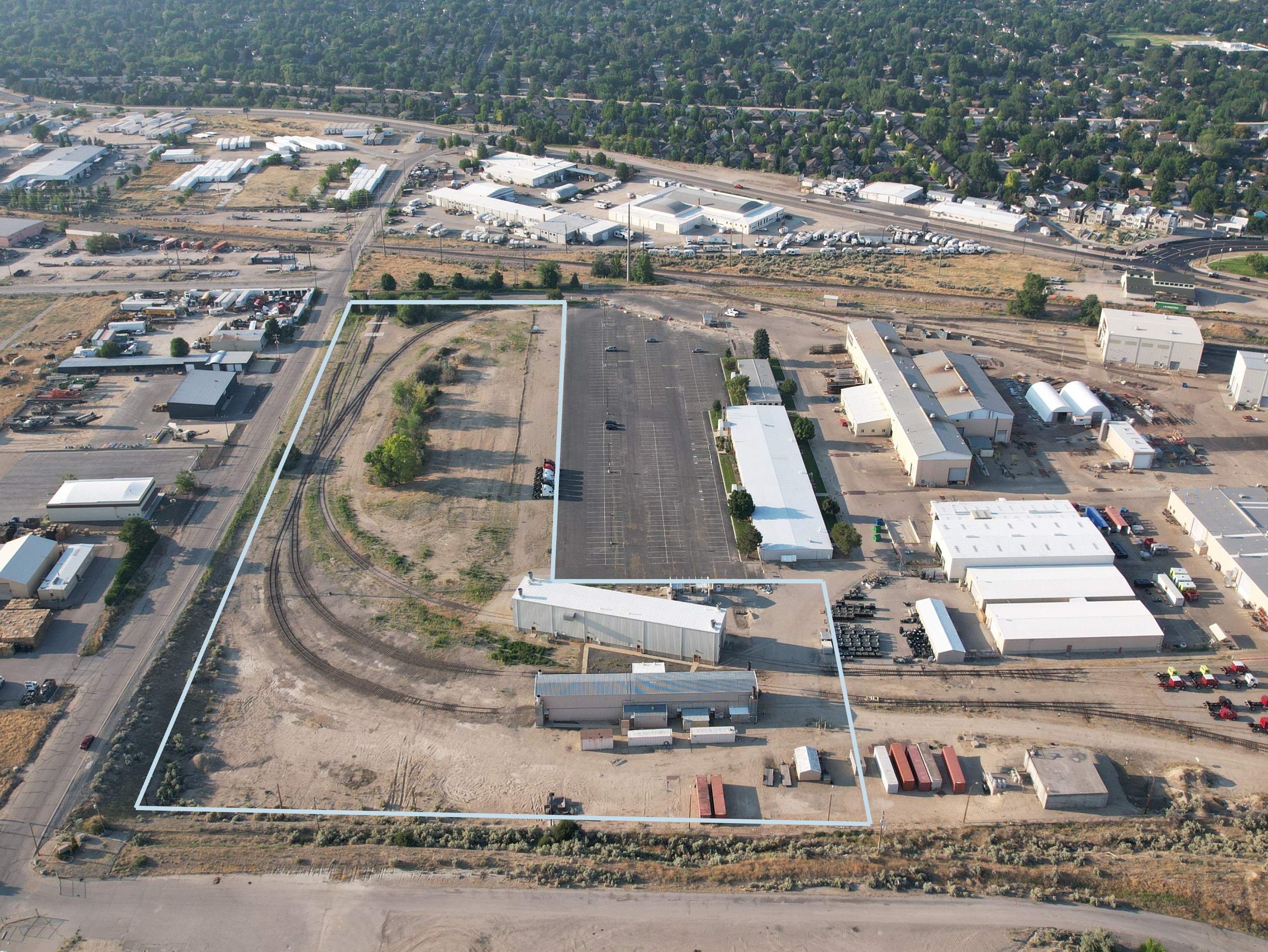

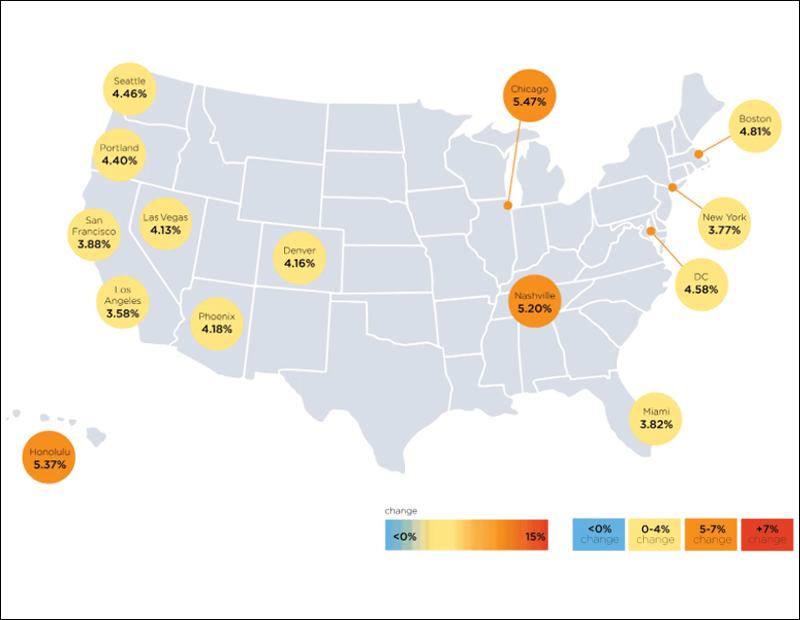
You must be logged in to post a comment.